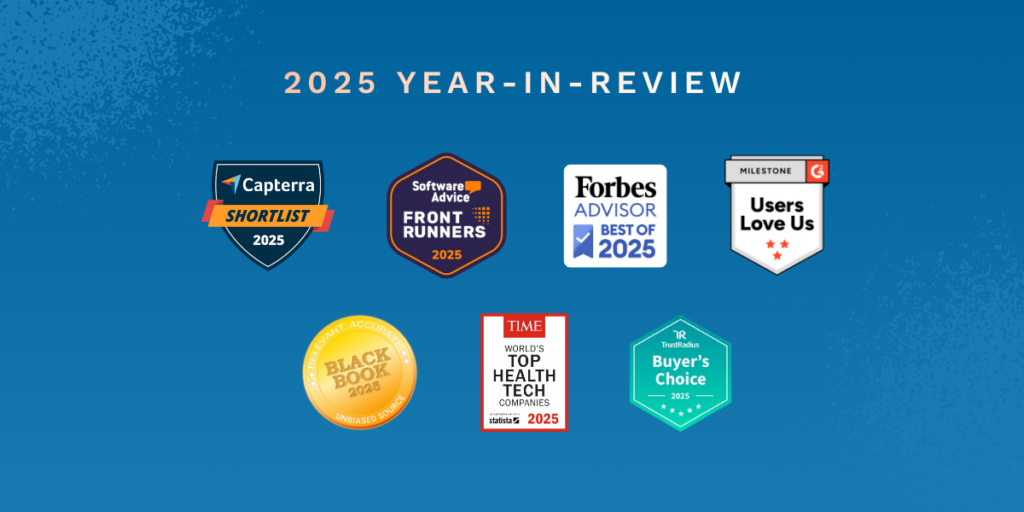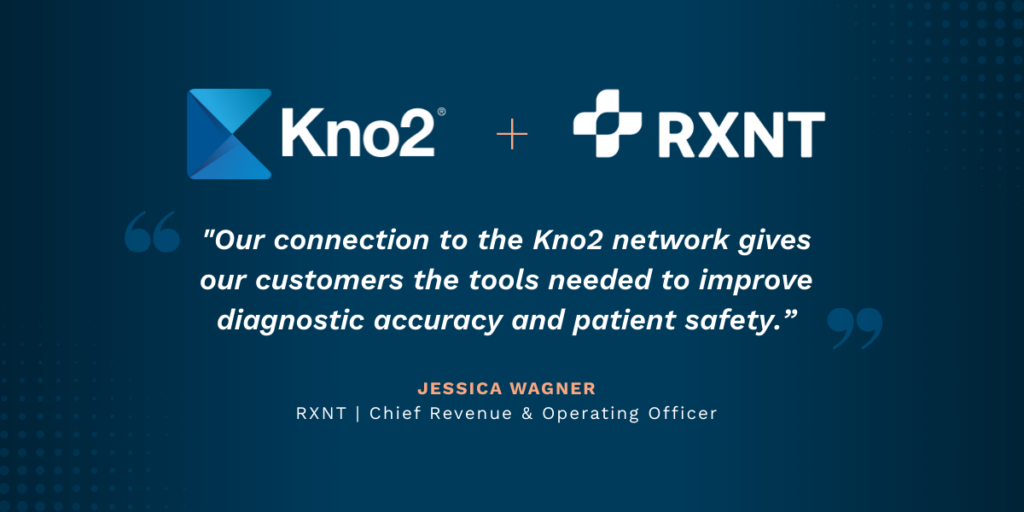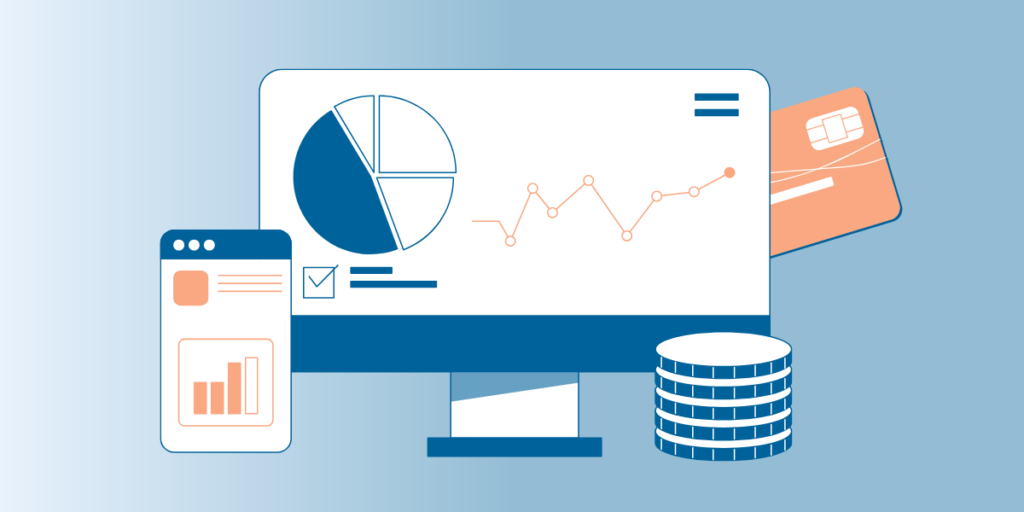While the No Surprises Act protects patients from unexpected out-of-network bills, it has also introduced new challenges for providers.
The No Surprises Act has fundamentally reshaped the landscape of healthcare finances. While it protects patients from unexpected out-of-network bills, it has also introduced new challenges for providers.
The law’s Independent Dispute Resolution (IDR) process requires both providers and insurers to turn to third-party arbitrators when they cannot agree on payment amounts. According to the Centers for Medicare & Medicaid Services (CMS), this process has led to a surge in disputes, far exceeding initial federal projections and increasing administrative and financial burdens on providers. Research from the KFF Health System Tracker shows that dispute volume continues to climb, creating uncertainty around reimbursements and cash flow for many organizations.
These operational pressures have made financial accuracy and efficiency more critical than ever. To meet these new demands, healthcare organizations are investing in Revenue Cycle Management (RCM) tools that bring automation, data visibility, and precision to every step of the billing process. With the right RCM systems in place, providers can maintain compliance, reduce errors, and protect revenue while continuing to deliver a transparent and positive patient experience.
What is the No Surprises Act?
For years, surprise medical bills have blindsided Americans who thought their insurance had them covered. A patient could carefully choose an in-network hospital, only to discover weeks later that the anesthesiologist or radiologist who treated them was out-of-network. The result was a shocking invoice—sometimes thousands of dollars—for care they never realized was not fully covered.
These surprise bills not only hurt patients but also put providers in the middle, often forcing them to chase payments or argue with insurers over reimbursement. Insurance companies faced public scrutiny and growing administrative costs as patients appealed charges and lawmakers pushed for reform. It was a problem that left nearly everyone frustrated and uncertain.
That is where the No Surprises Act comes in. Passed as part of the Consolidated Appropriations Act of 2021 that took effect in January 2022, the law protects patients from unexpected out-of-network medical charges in most emergency and certain non-emergency situations. Under the law, patients who receive care at an in-network facility can’t be billed extra if part of their treatment involves an out-of-network provider. Instead, the provider and insurer must resolve payment disputes through an independent arbitration process.
The act also requires clear advance notice and consent for out-of-network care when possible, allowing patients to make informed decisions. It applies to hospitals, physicians, air ambulances, and other health professionals. Ground ambulance services are not yet included, but policymakers continue to discuss expanding the law’s reach. The American Medical Association and other groups are working with lawmakers to modify the law to address shortcomings in the original legislation.
How Has the No Surprises Act Impacted Providers?
The No Surprises Act has largely delivered on its promise to protect patients from unexpected medical bills, but behind the scenes, it has created new challenges for providers. The process that keeps patients out of the billing crossfire—called Independent Dispute Resolution, or IDR—has become a costly and time-consuming mechanism for resolving payment disagreements.
When a provider and insurer can’t agree on fair reimbursement for an out-of-network service, they enter the IDR process, where an independent arbiter reviews both sides’ offers and selects one. In theory, it is meant to be a streamlined system. In practice, it has become a logistical and financial burden.
The IDR process has generated an estimated five billion dollars in costs between 2022 and the end of 2024. Researchers note that “the high volume of provider claims, coupled with the fact that providers win the vast majority of disputes and tend to be awarded substantial offer amounts, creates a significant source of higher IDR costs.”
The dispute volume has far exceeded expectations. Federal agencies initially estimated about 17,000 cases per year, yet in the first nine months of 2022 alone, roughly 190,000 disputes were filed—more than ten times the predicted amount. Each dispute requires documentation, filing, tracking, and follow-up, creating administrative strain for hospitals and physician groups.
For providers, the result is slower payments and disrupted cash flow. While the No Surprises Act has been a victory for patients, it has introduced new friction for those responsible for delivering care and footing the administrative bill. The law has shifted the burden of surprise costs from the patient’s mailbox to the healthcare system’s back office, where the financial and operational impacts continue to ripple.
How Providers Can Stay Ahead: Improving Revenue Cycle Management
For healthcare organizations, RCM is no longer just an operational function. It’s the financial backbone of every practice. The complexities introduced by regulations like the No Surprises Act make it even more important for providers to manage claims, payments, and reimbursements with precision and transparency. RCM software helps streamline these processes, reducing human error and giving healthcare organizations the visibility they need to stay ahead.
One of the most critical benefits of RCM technology is insurance and eligibility verification. By confirming coverage and patient responsibility before services are rendered, providers can prevent costly mistakes and billing surprises. Early verification allows staff to flag issues before claims are submitted, saving time and avoiding denials that slow down cash flow.
Claims management is another essential piece of the puzzle. RCM systems ensure that every claim is coded, submitted, and followed up on correctly, minimizing rejections and ensuring faster reimbursement. At the same time, tools for payment collection, whether before an appointment or immediately after, help practices reduce the number of unpaid balances that linger for months.
Modern RCM software also delivers data tracking and advanced reporting that provide a full view of financial health. Providers can monitor billing trends, denial rates, and overall revenue cycle efficiency to spot patterns and identify areas for improvement. These insights drive smarter business decisions and better operational performance.
The Path Forward for Providers Under the No Surprises Act
By combining automation, insight, and proactive financial management, RXNT’s RCM software helps providers protect their revenue, improve patient satisfaction, and focus more energy where it matters most: delivering quality care.
RXNT’s RCM Advanced Reporting offers robust analytics that help healthcare organizations understand not just what is happening but why. You can explore these reporting tools here.





